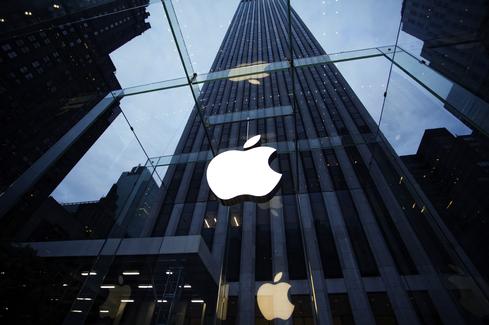iOS 9 Lacks App-Slicing Technology For Now
Apple promised that iOS 9 would offer App Thinning to trim down memory use in iPhones and other devices. However, some key app-slicing pieces are missing.


iPhone 6s Debut: 7 Tips For Buyers
iPhone 6s Debut: 7 Tips For Buyers (Click image for larger view and slideshow.)
At this summer's Worldwide Developers Conference, Apple said it would have pity on memory-challenged iDevices -- such as a 16GB iPhone 6s -- once iOS 9 was let loose onto the world. The company would also embrace the ideas with its watchOS and tvOS
Apple said then that there were to be a number of features that would do this within the new iOS 9, and that these technologies would be collectively known as App Thinning.
iOS 9 was released on Sept. 16, with some problems, and the multitudes waited for thinning.
Apple told developers on Thursday, Sep. 24, that one of the features of App Thinning called app slicing isn't working right now.
As the company put it, "App slicing is currently unavailable for iOS 9 apps due to an issue affecting iCloud backups created from iOS 9 where some apps from the App Store would only restore to the same model of iOS device."
Oops.
What this statement means is that the bug affects users who are restoring from backups to new devices. For example, if you were moving from an iPhone 4s to an iPhone 6, then iCloud would restore iPhone 4s-compatible versions of some of the apps that you have without the assets required by the newer device.
App thinning and slicing are only used for iOS 9 and the other device variants of it. Full "universal" apps are distributed for any lower numbered iOS version.
The idea behind the App Thinning protocol is that the device would only download the code needed by that particular device, which makes sense. While a "universal" app might have both 32-bit and 64-bit code in it, a 32-bit device doesn't need the 64-bit stuff.
Thinning goes even farther.
[Read about the tips and tricks you need to know with iOS 9.]
It was designed so that only data relevant for a particular event in an app would be loaded into memory, say, the images and sounds needed for a particular level in a game. These kinds of On-Demand Resources are sliced by Apple and then obtained directly from the App Store by the user as needed. They are purged from device memory when they are not being used and memory is low.
Of course, the user needs to be connected to the App Store by some means for that to work.
TestFlight, an app distribution network for Apple's developers, will continue to implement app slicing on its distributions to beta testers.
Apple says it will fix the iCloud bug in a future iOS release.
One might step back from all this thinning effort and wonder why it is needed in the first place. Would it not just be simpler for Apple to acknowledge that 8GB or 16GB is just not enough memory for an iDevice?
Sure, the retail price of them might go up some with the change. But considering the profit that Apple makes on simply reselling memory in the upgraded iDevices, perhaps those retail prices could stand some thinning and slicing as well.
About the Author(s)
You May Also Like
How to Amplify DevOps with DevSecOps
May 22, 2024Generative AI: Use Cases and Risks in 2024
May 29, 2024Smart Service Management
June 4, 2024







